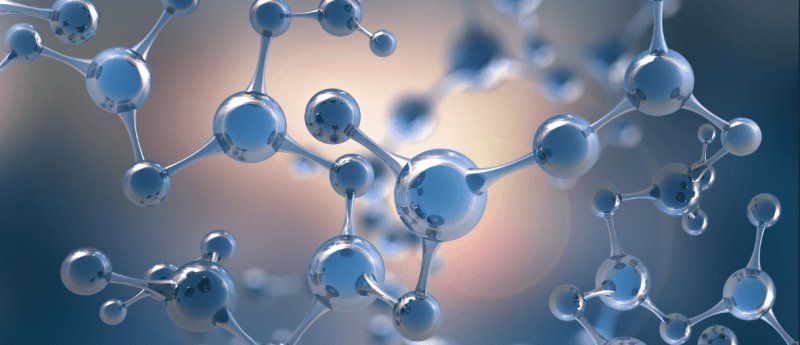Chromatographic separation technologies

Welcome to the Bioanalysis Zone Spotlight on chromatographic separation technologies
ARTICLES | INSIGHTS | RESOURCESChromatographic separation enables the isolation and purification of specific target compounds. It involves different separation procedures that selectively retain analytes on a solid stationary phase and release them in the mobile phase. Proteins can be identified and purified based on different characteristics including size, shape, charge, hydrophobic groups and binding capacity. It is because of these differences, that some analytes within a mixture stay longer in the stationary phase, moving slowly in the chromatography system whilst other pass rapidly into the mobile phase thus leaving the system faster.
Various chromatography methods have been developed to quantitatively separate analytes including column chromatography, ion-exchange chromatography, affinity chromatography, gas chromatography, thin-layer chromatography and more.
As part of this Spotlight, we will explore:
- The comparative advantages and disadvantages of types of chromatography
- Review methodologies and case studies
- Explore advances in chromatography – what has changed over the decades?
Over the coming months we will feature a variety of content on chromatographic techniques, including: editorials, interviews with experts in the field, exclusive commentaries, journal content from Bioanalysis and much more. Keep checking the page for updates or follow us on Twitter @BioanalysisZone, searching #BZchromatography.
